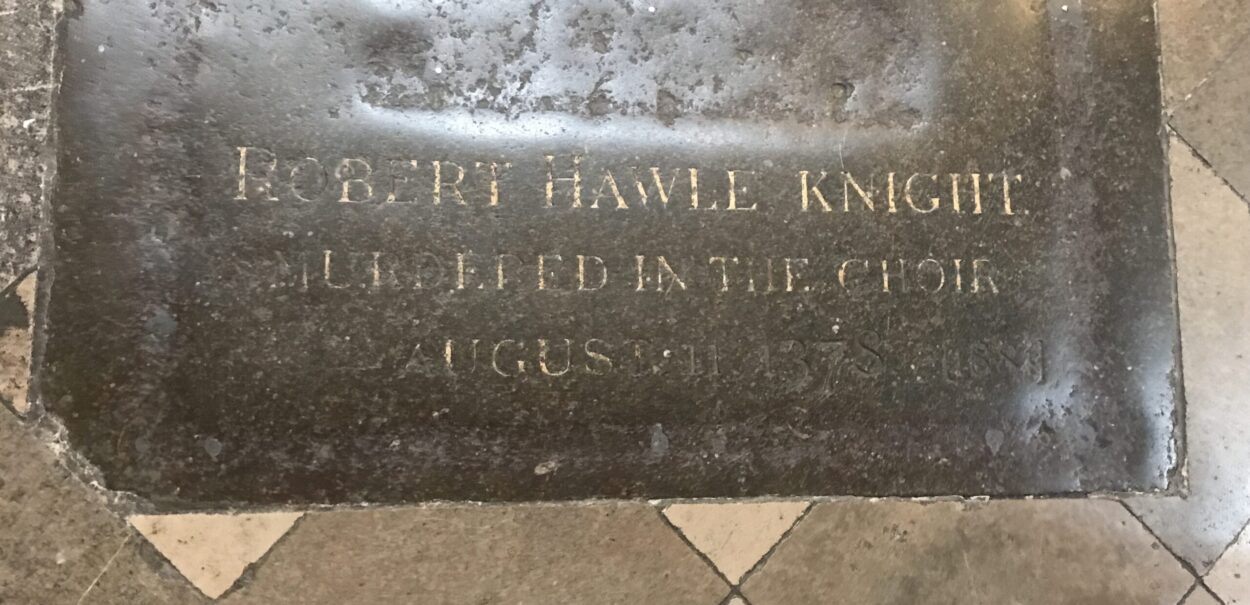
Murder in the Abbey
One of the great things about Westminster Abbey is that it is almost impossible to tire of the place. Yes, it can be a bit […]

One of the great things about Westminster Abbey is that it is almost impossible to tire of the place. Yes, it can be a bit […]
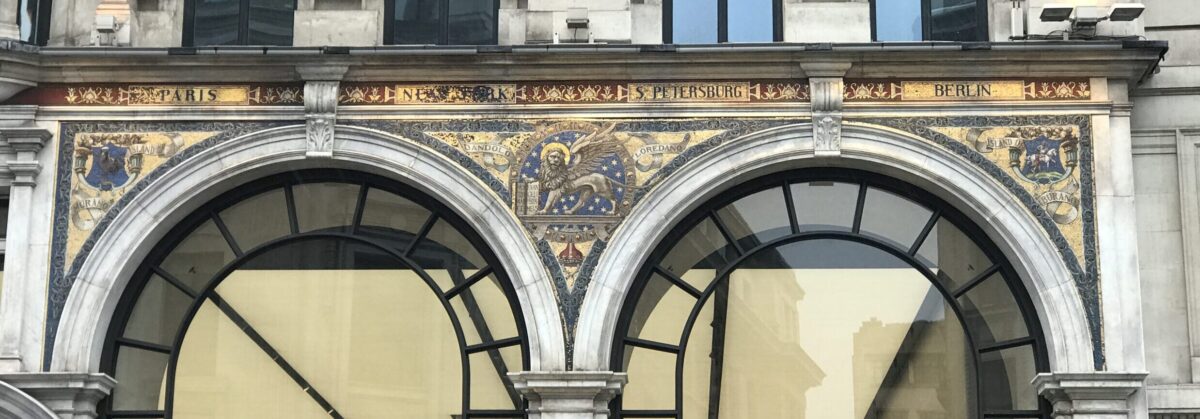
Halfway up Regent Street, just before you get to Oxford Circus, is one of central London’s Apple Stores, purveyors of high tech electronic goods to […]
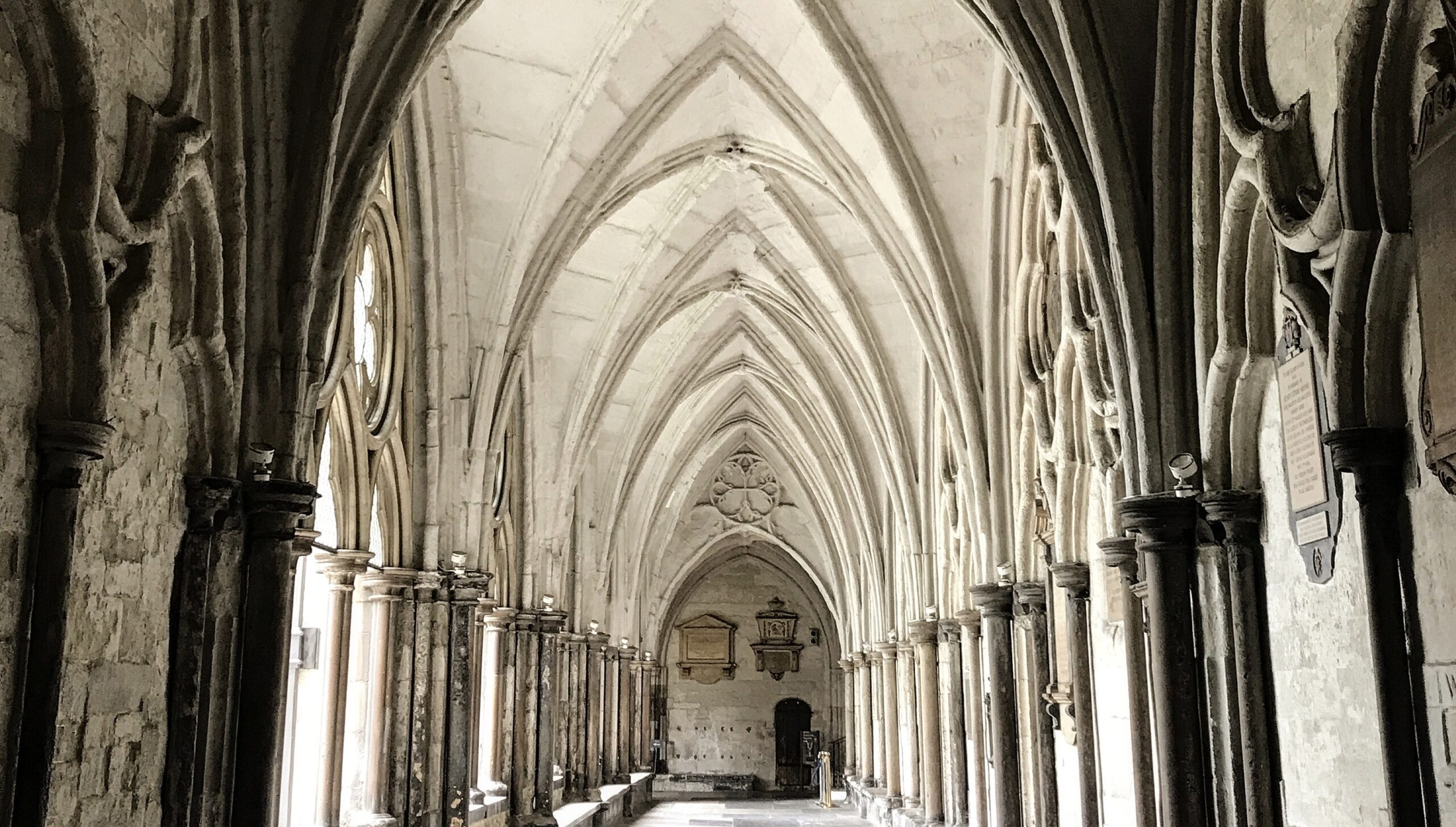
I am a jaded old cynic, a London Blue Badge Guide who has taken people round Westminster Abbey what, 200? 300 times? Pre-covid, some weeks […]
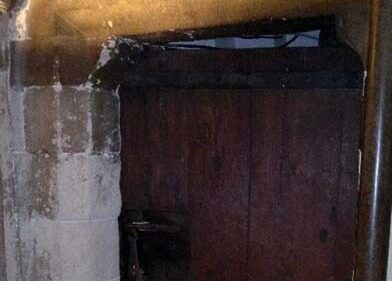
As you walk through a passageway that links the cloisters to the Chapter House in Westminster Abbey, you walk past a doorway that is generally […]
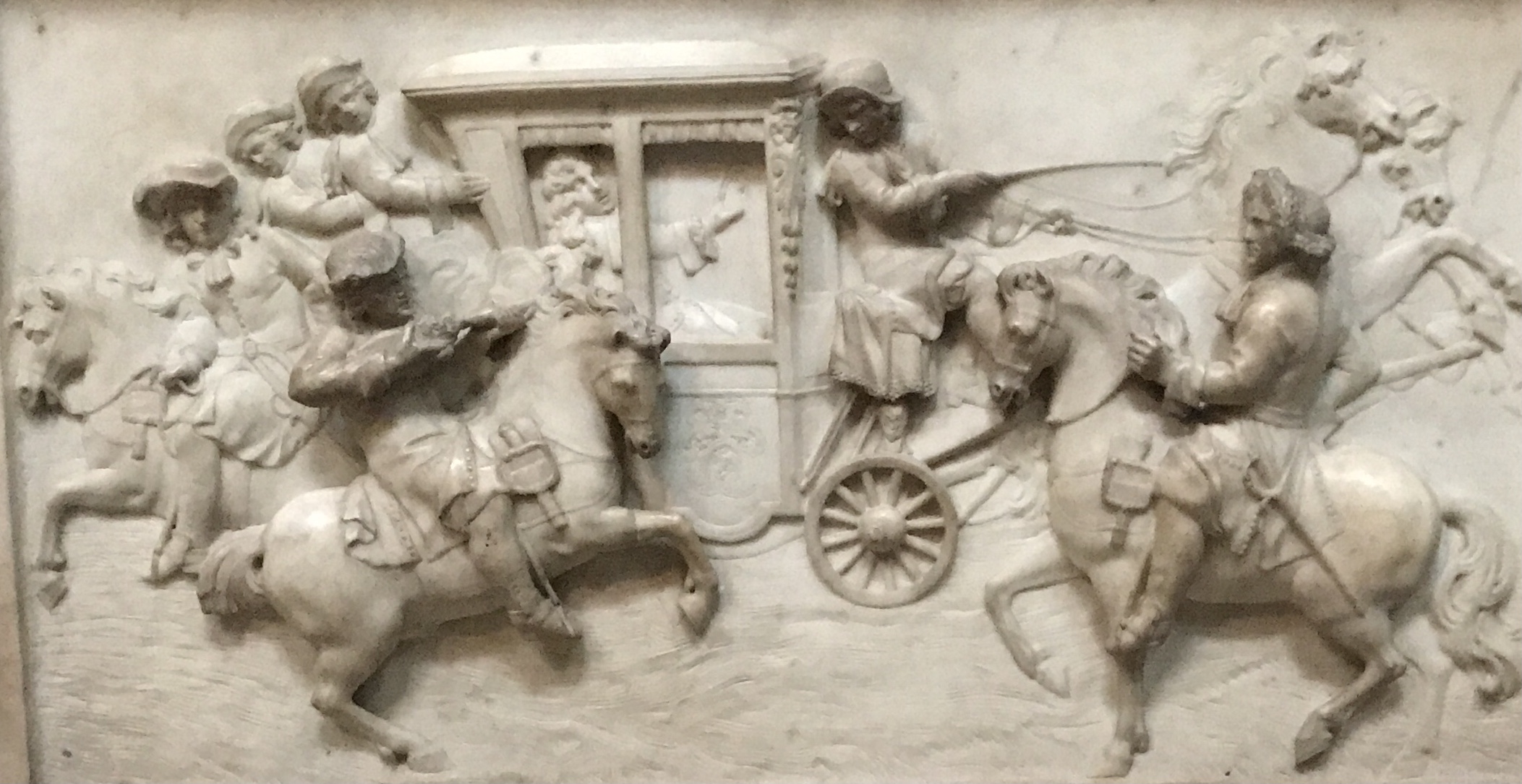
If you’ve never been to Westminster Abbey (or it’s ages since you last visited), now is the perfect time to go. The absence of foreign […]

Join me for a video tour of Parliament Square courtesy of UKToursOnline. We’ll look into Westminster Hall, catch up with the statues in the Square, […]
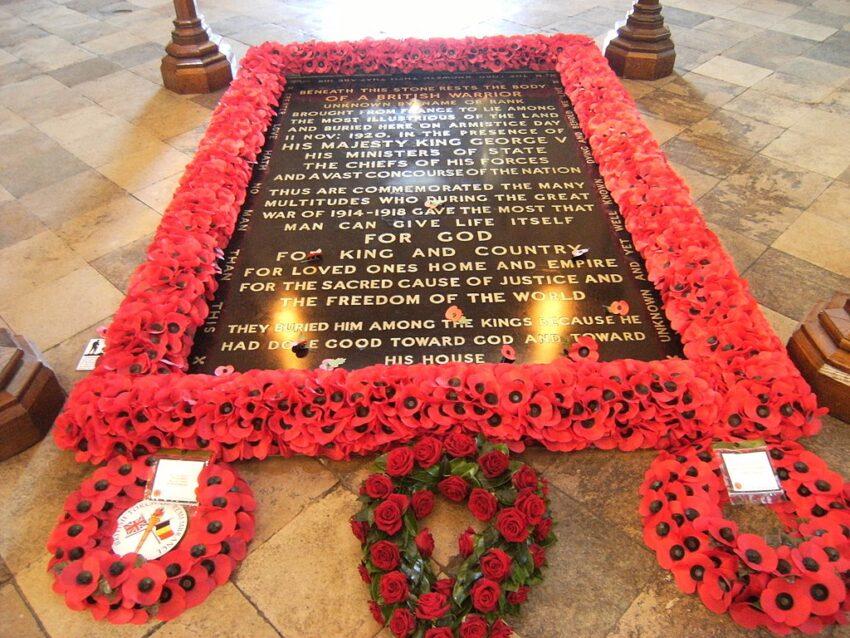
If you should come into the Abbey through the West Door and into the nave, you will walk over the memorial to Sir Winston Churchill, but everyone, whether […]

If you ever have a tour of the Houses of Parliament it is in Westminster Hall where you meet your guide. This is the oldest […]
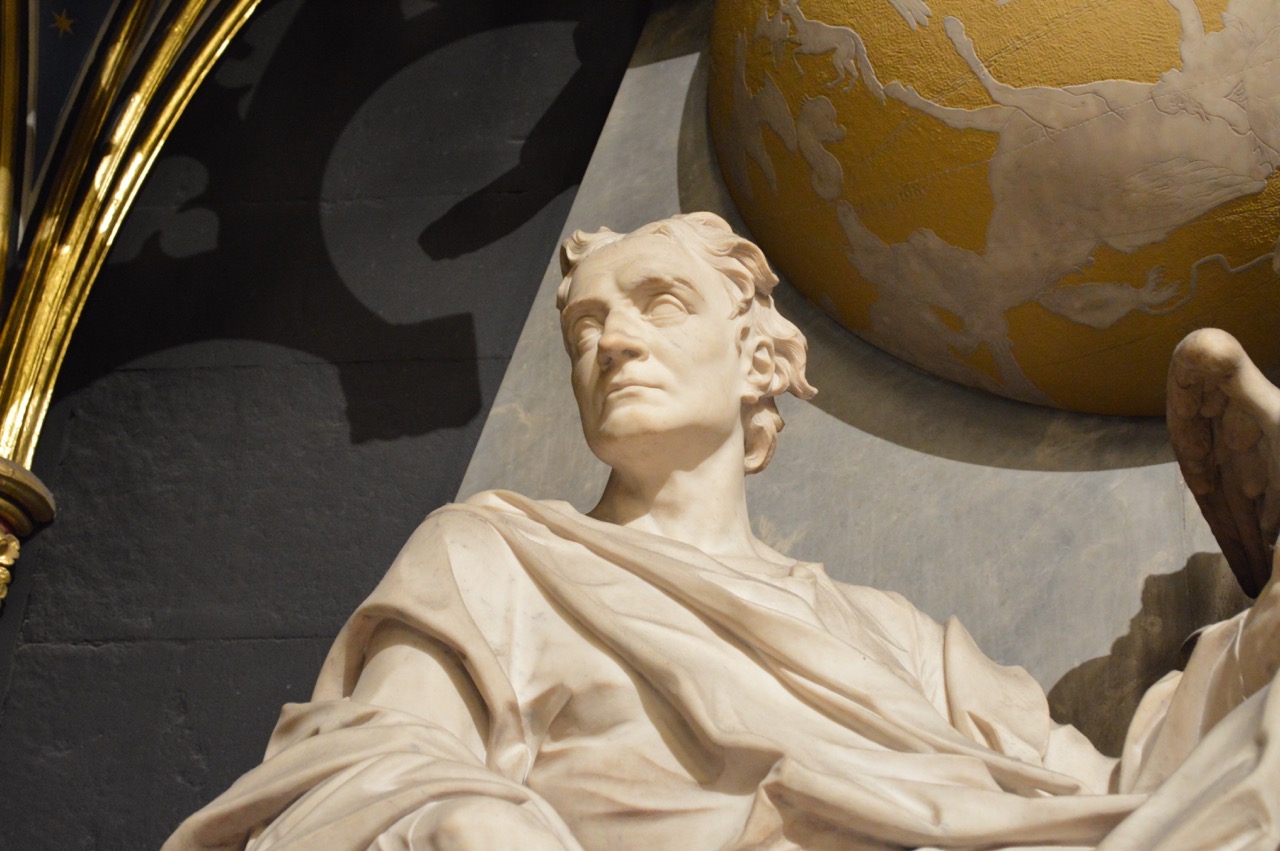
You’ve almost certainly heard of Poets’ Corner, the spot within Westminster Abbey given over to the commemoration of the nation’s authors, poets and playwrights. Amongst […]
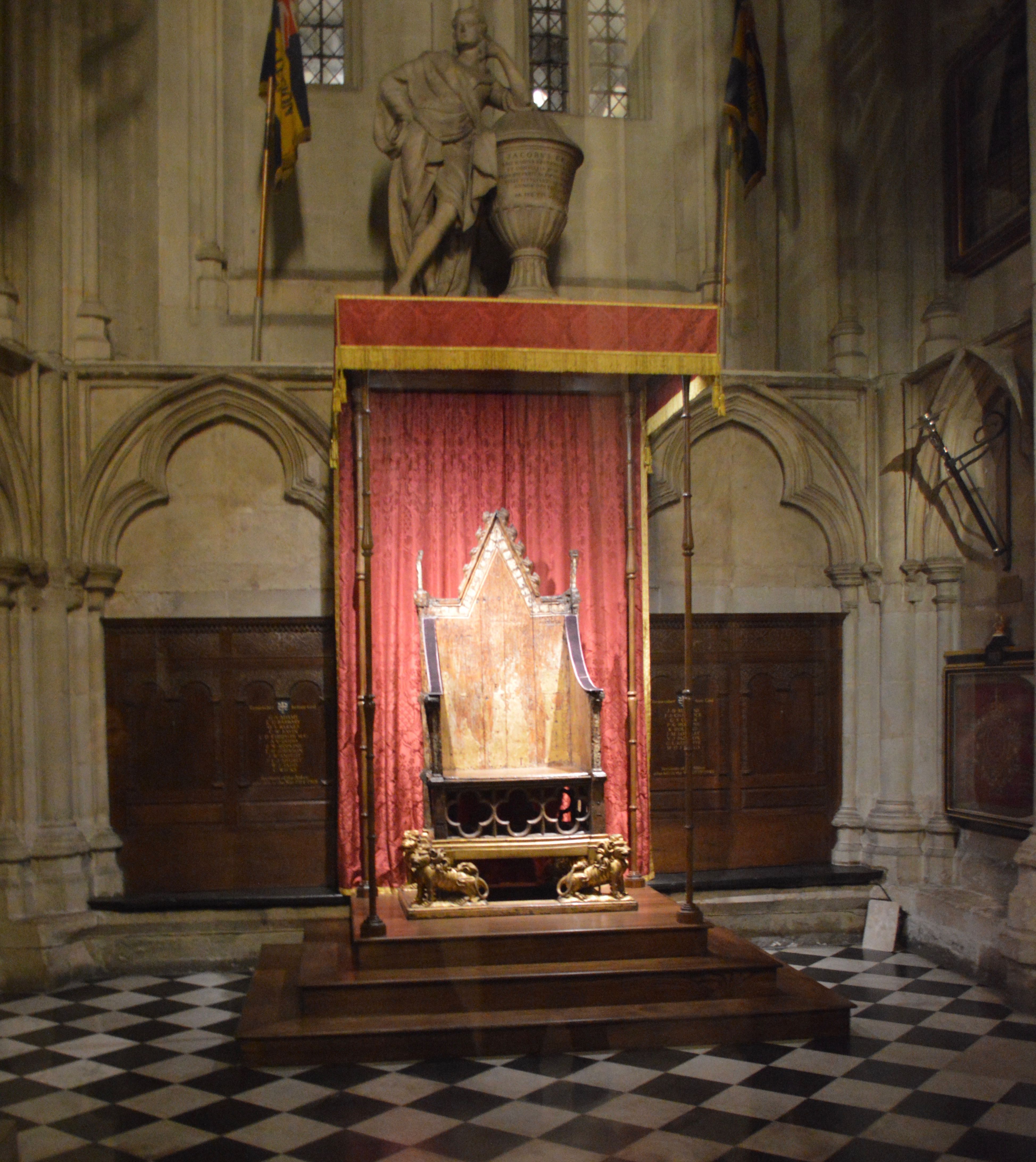
Whenever I’m taking Americans around Westminster Abbey, I like to mention that when Columbus stumbled across the Americas, King Edward’s Chair (commonly known as the […]
Copyright © 2024 | WordPress Theme by MH Themes